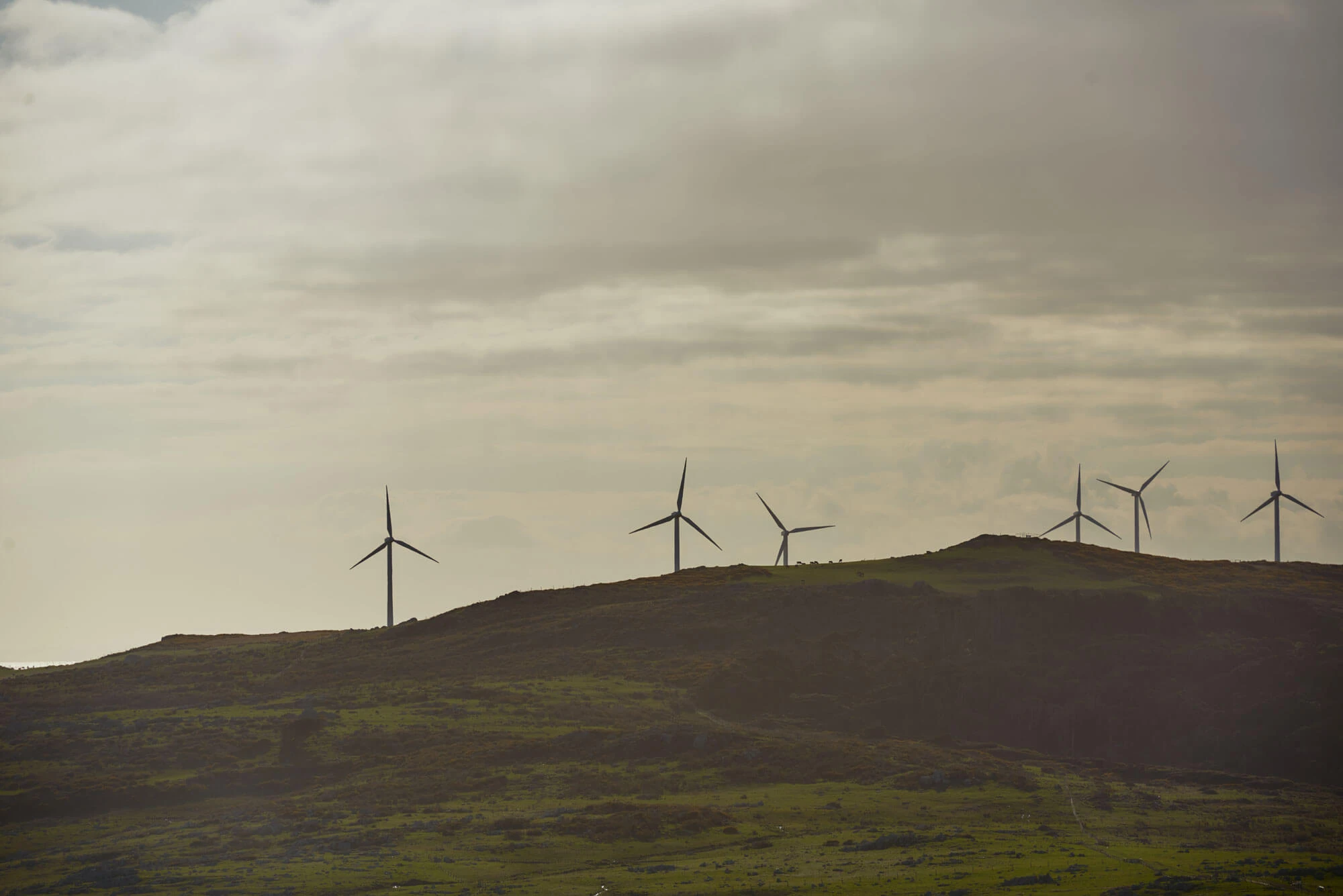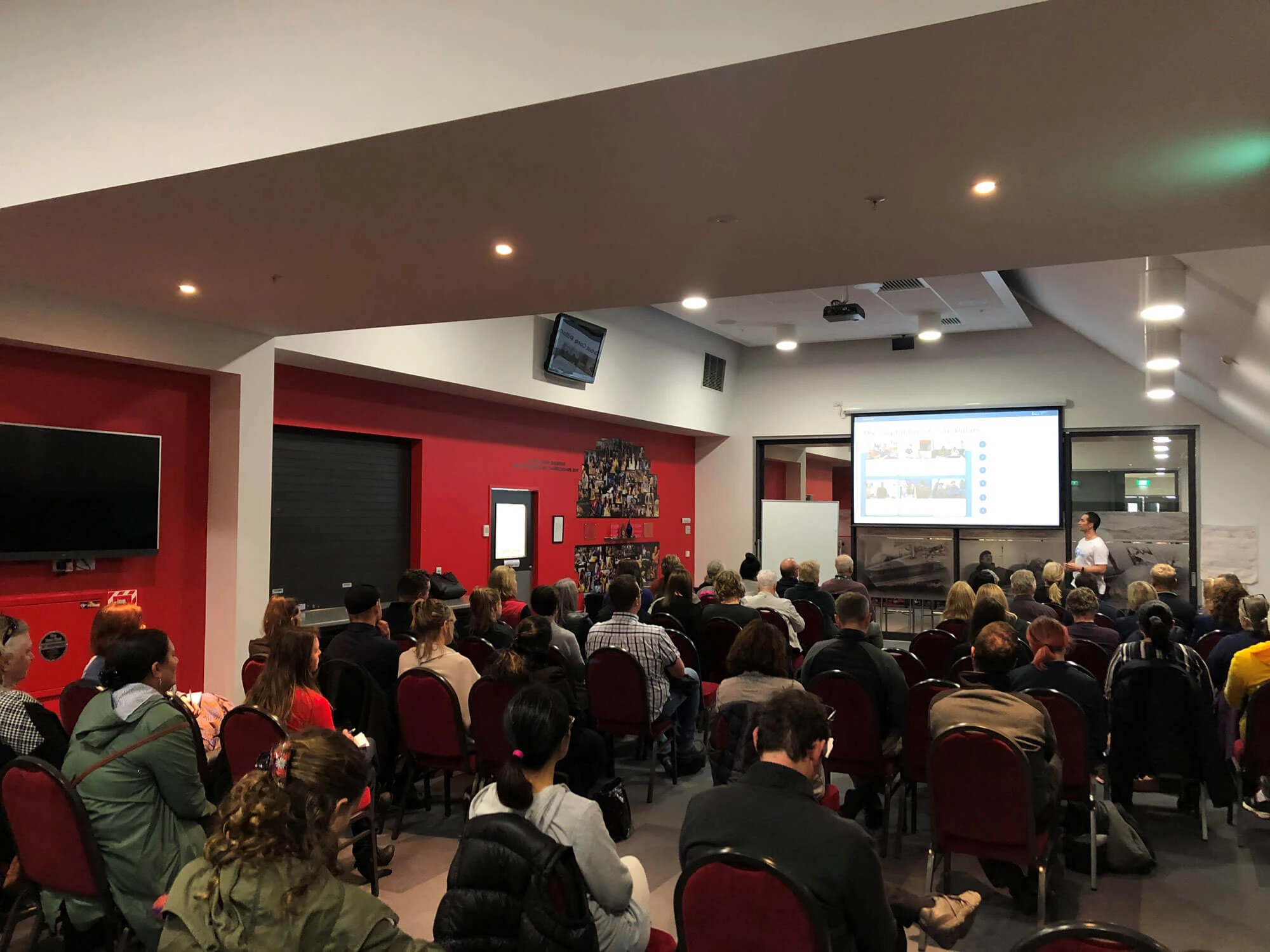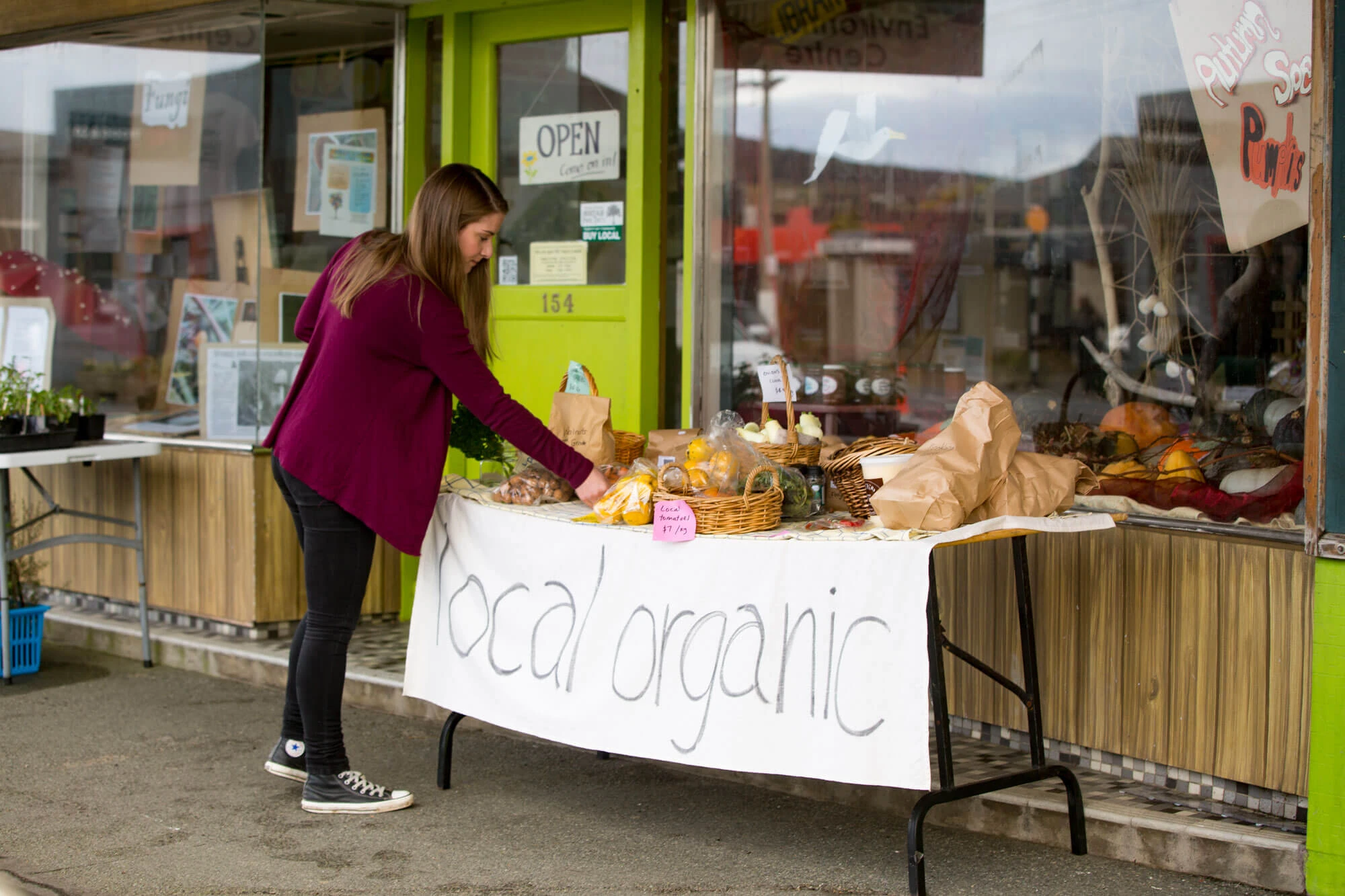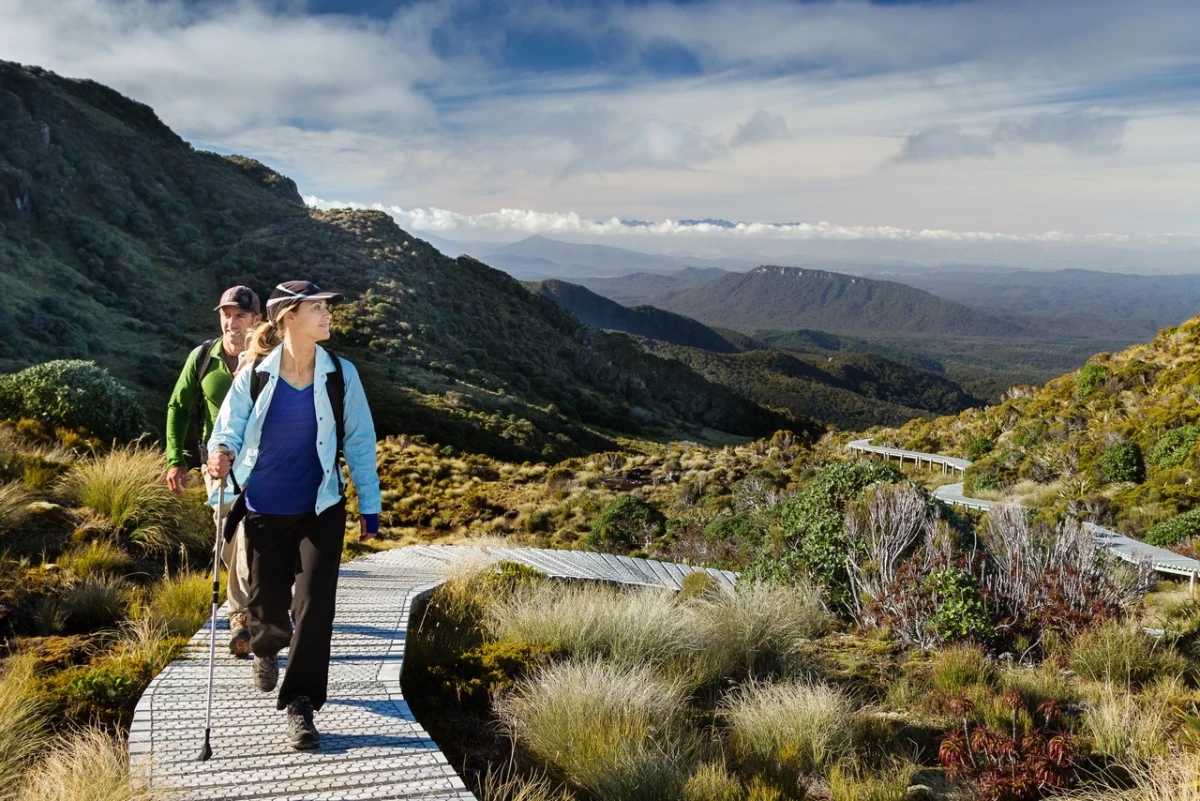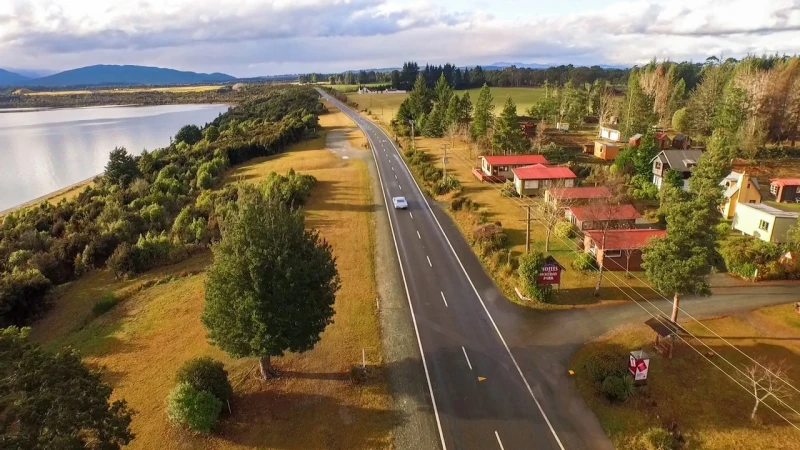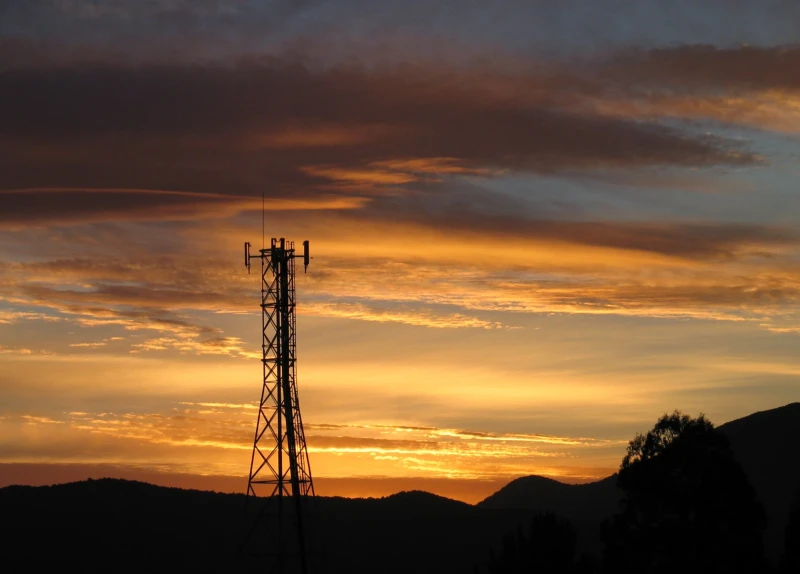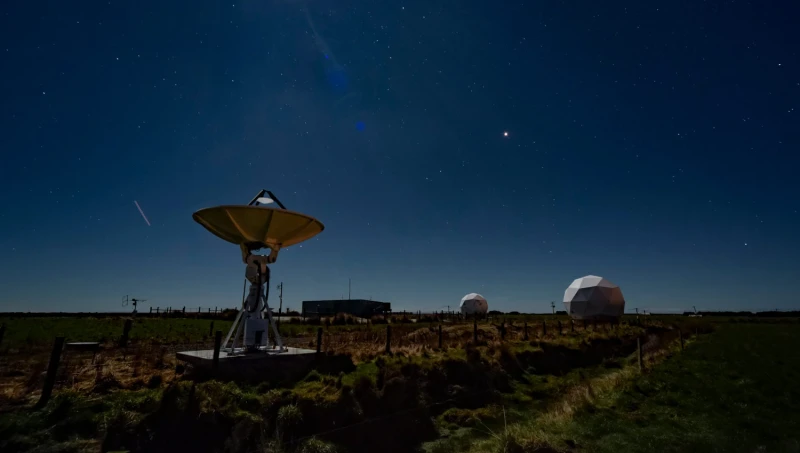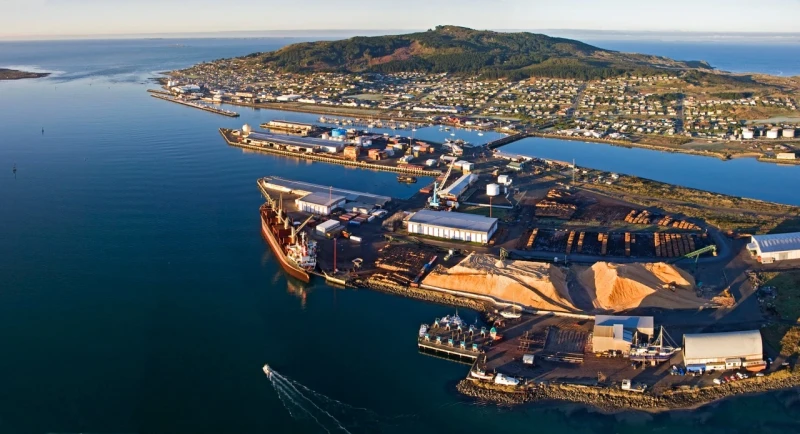Tourism remains a key diversification opportunity for the region however, Murihiku Southland was one of the hardest Covid-19 impacted destinations in New Zealand.
The region is focused on re-shaping the future of tourism by inviting visitors to this special place at the southern edge of the world, experiencing it in a way that provides lasting benefits for the region’s people and place.
Pre-pandemic, the region’s tourism economy was worth close to $700 million. The region had a high dependency on international visitors, especially as this is the home to New Zealand’s most recognisable international icon, Piopiotahi Milford Sound.
The post Covid recovery is pleasing to date, mostly due to having a very clear pathway as outlined in the Murihiku Southland Destination Strategy. As one of the first regions to develop a destination management plan back in 2018, this recently reviewed Plan not only aligns with the New Zealand Government Tourism Strategy but has guided us through the pandemic.
The refreshed Murihiku Southland Destination Strategy in 2023, articulates the continued pathway to recovery, and highlights the importance of three key areas:
- Sustainability and supporting tourism businesses on their individual decarbonisation journeys.
- Development of appropriate shared infrastructure (including roading and accommodation) to ensure we look after our unique natural environment. The region hosts two national parks and five of the 11 great walks.
- Development of unique experiences and projects which allow the region to share its’ distinctive story and heritage. This includes working alongside Papatipu Rūnaka to develop cultural experiences and projects.
There are five key enablers which will support well-managed growth of our tourism sector - Regulatory and Planning, Workforce, Accommodation, Data and Leadership.
